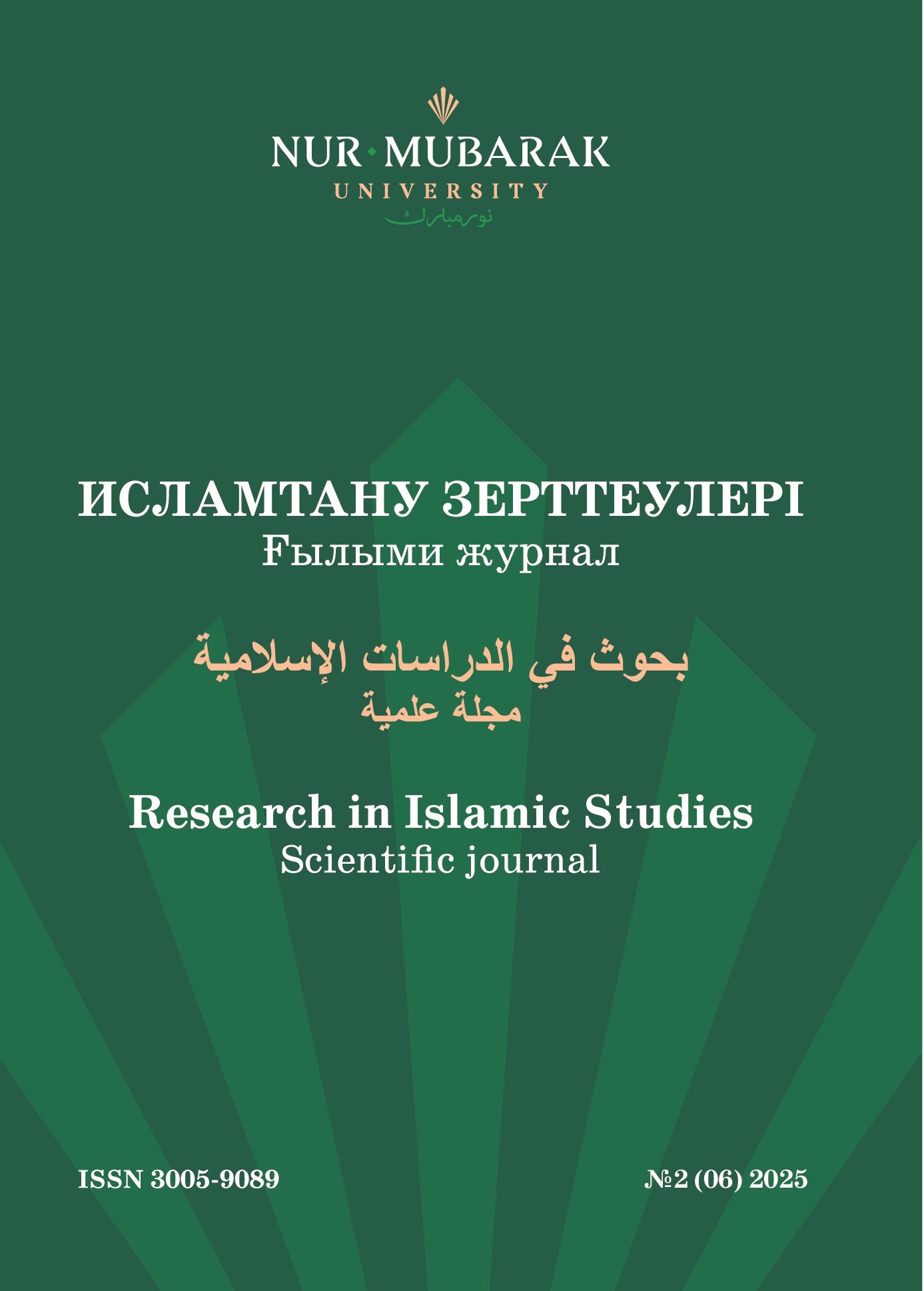Abstract
Calligraphy, or fan al-khat, is the art of beautiful writing and the harmonious arrangement of letters and words in an aesthetically pleasing manner. It is one of the oldest and most authentic forms of human artistic expression and holds a significant place in various civilizations, especially within Islamic and Iranian culture. This art form has occupied a distinguished status in many cultures, particularly in the Islamic world, not only as a means of communication but also as a manifestation of spiritual beauty and artistic elegance. From the moment humankind transformed spoken language into written symbols, the form and aesthetics of writing gained importance. In Islamic civilization, due to the sanctity of the Qur'anic text and the high value placed on its transcription, calligraphy rose to prominence as one of the finest arts. Scribes, illustrators, and calligraphers employed their utmost skill and creativity in writing the words of divine revelation. The history of calligraphy in Iran has always been marked by significant transformations. Initially, various scripts such as Cuneiform, Pahlavi, and Avestan were utilized. With the advent of Islam, new Islamic scripts like Kufic and Naskh emerged, inspired by Coptic and Syriac scripts. In the early 4th century (AH), styles such as Muhaqqaq, Rayhan, Thuluth, Naskh, Ruqʿah, and Tawqiʿ were developed. Later, the combination of Naskh and Taʿliq scripts led to the creation of the Nastaʿliq script. This paper aims to provide a brief overview of the history of calligraphy and explore the development and characteristics of the Nastaʿliq script.



